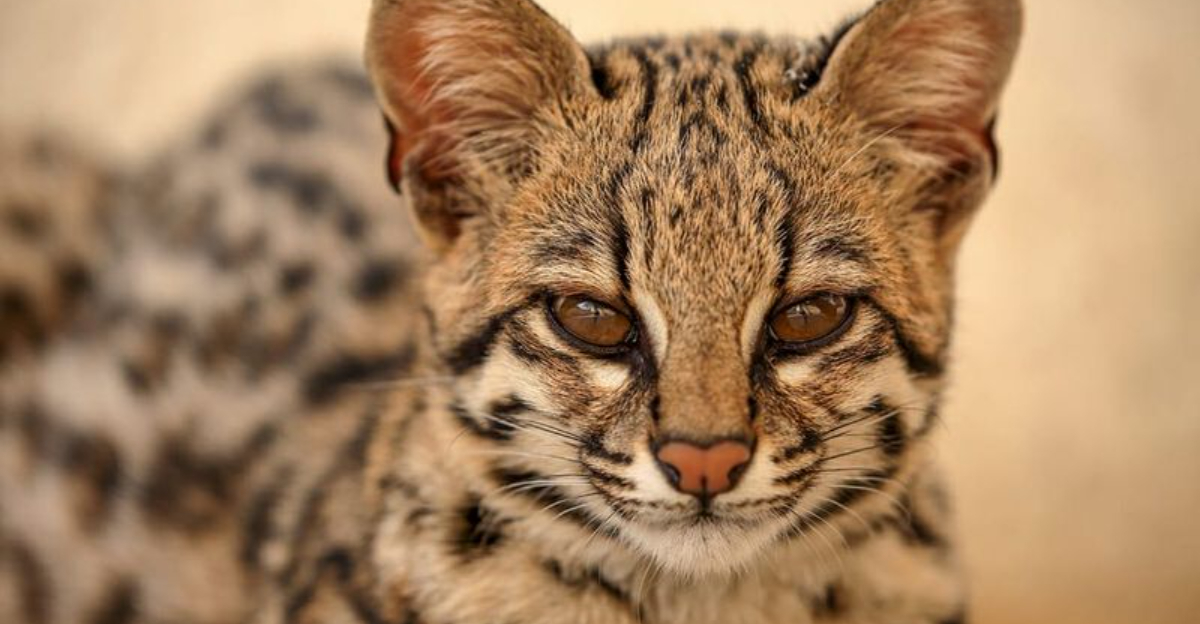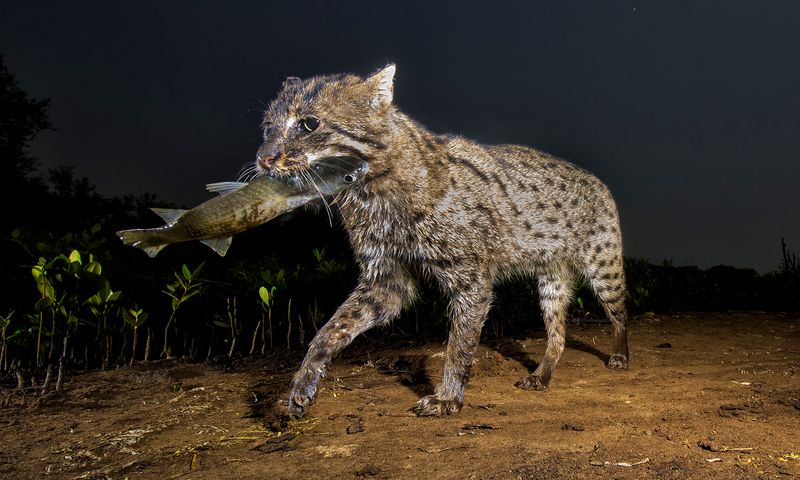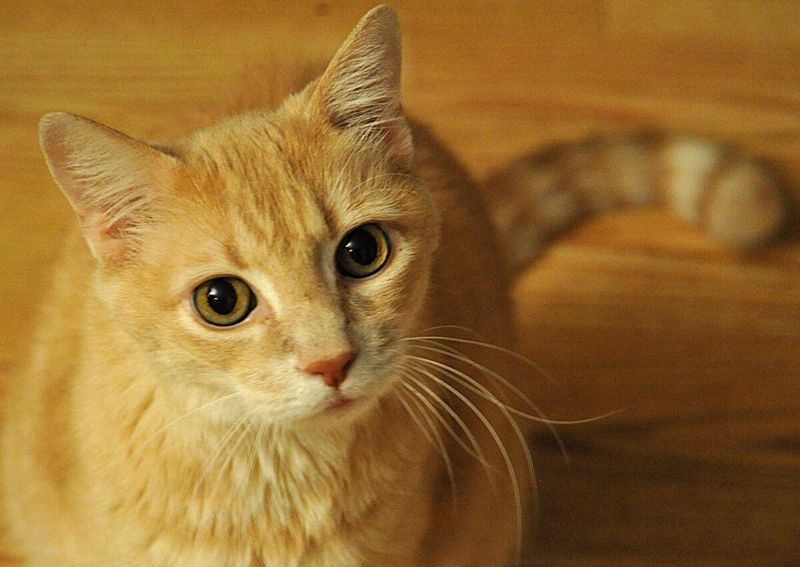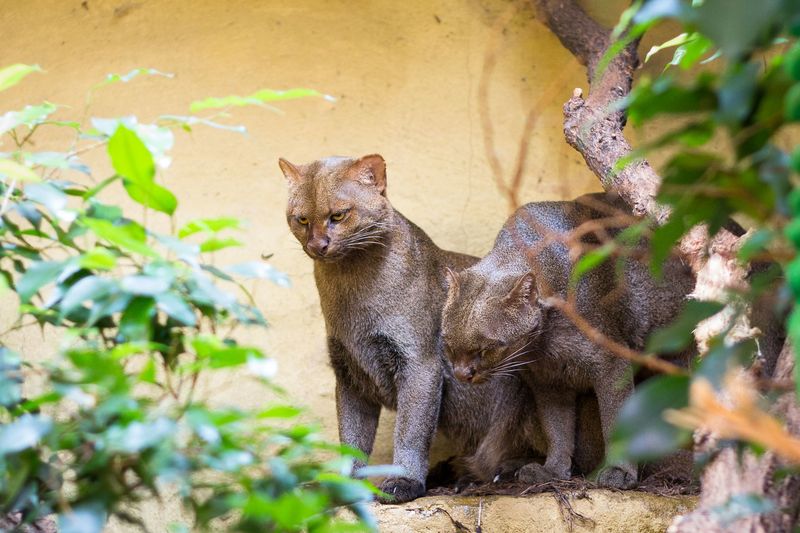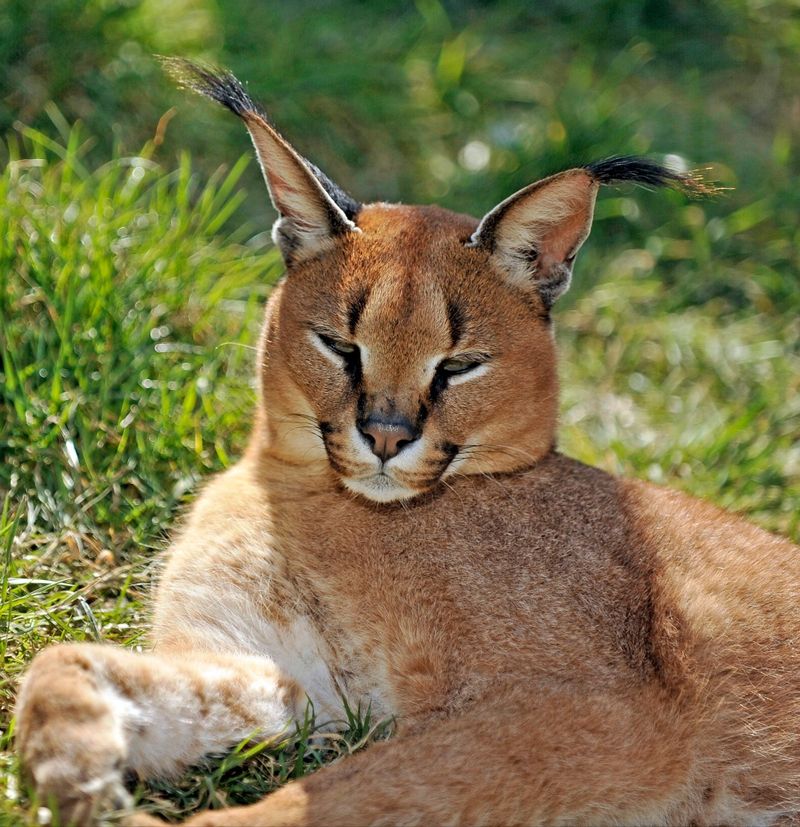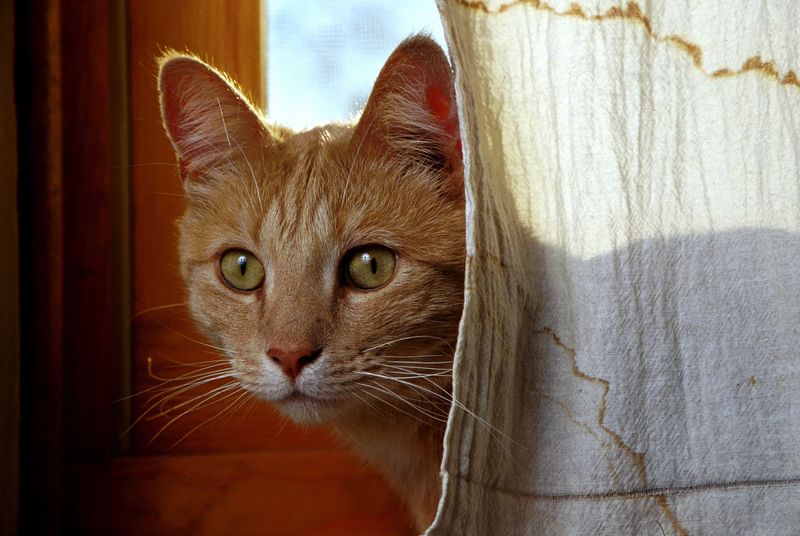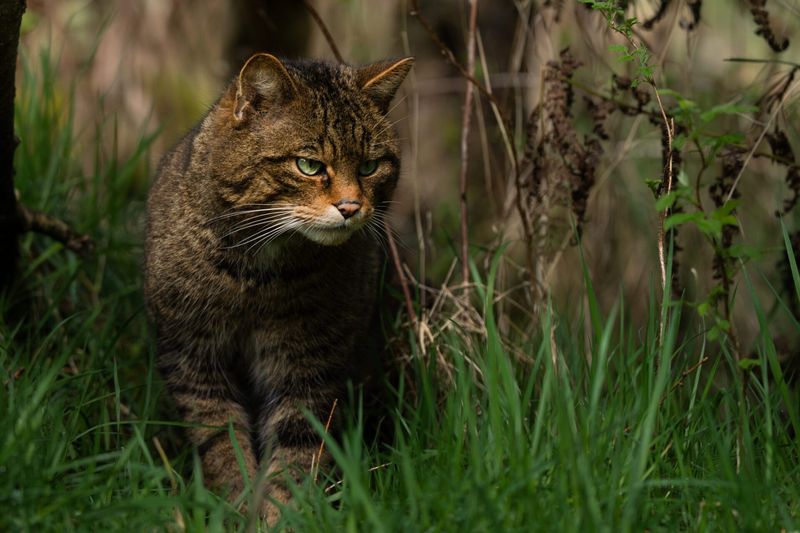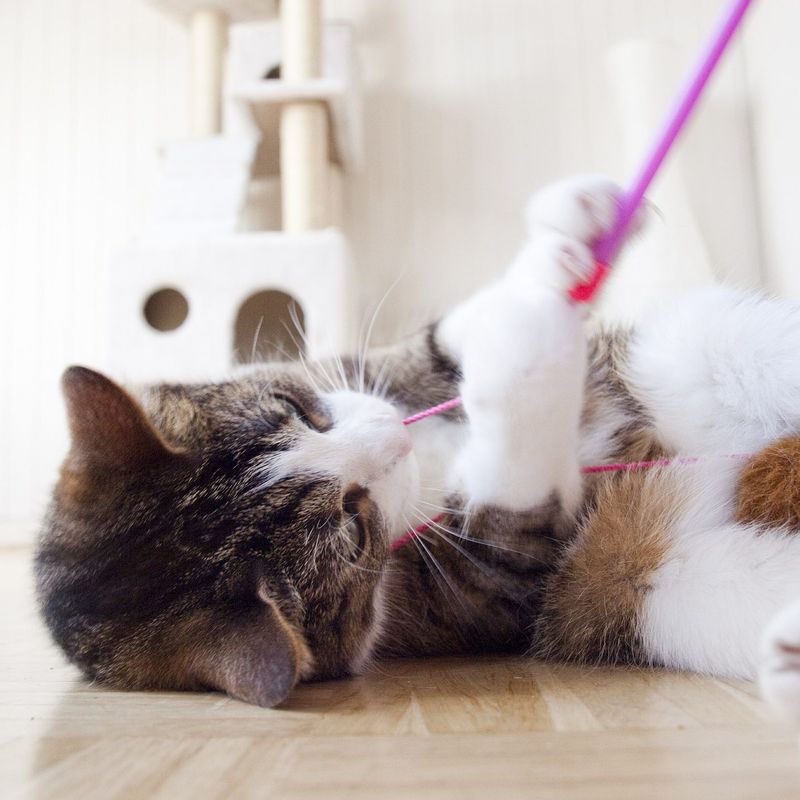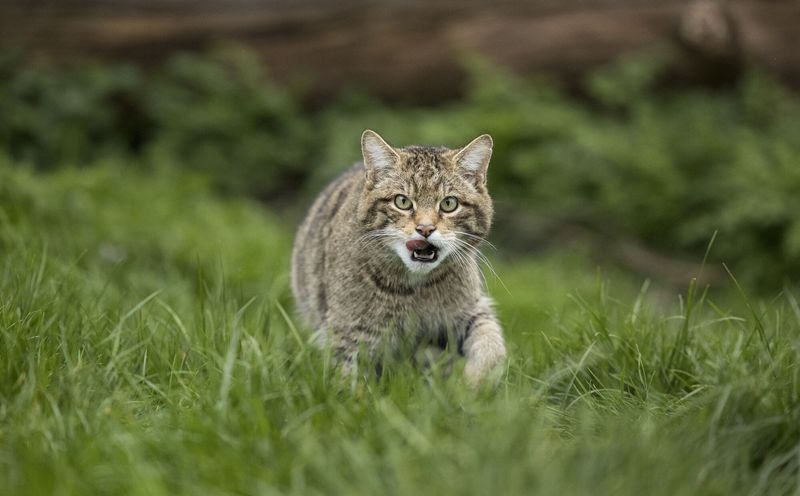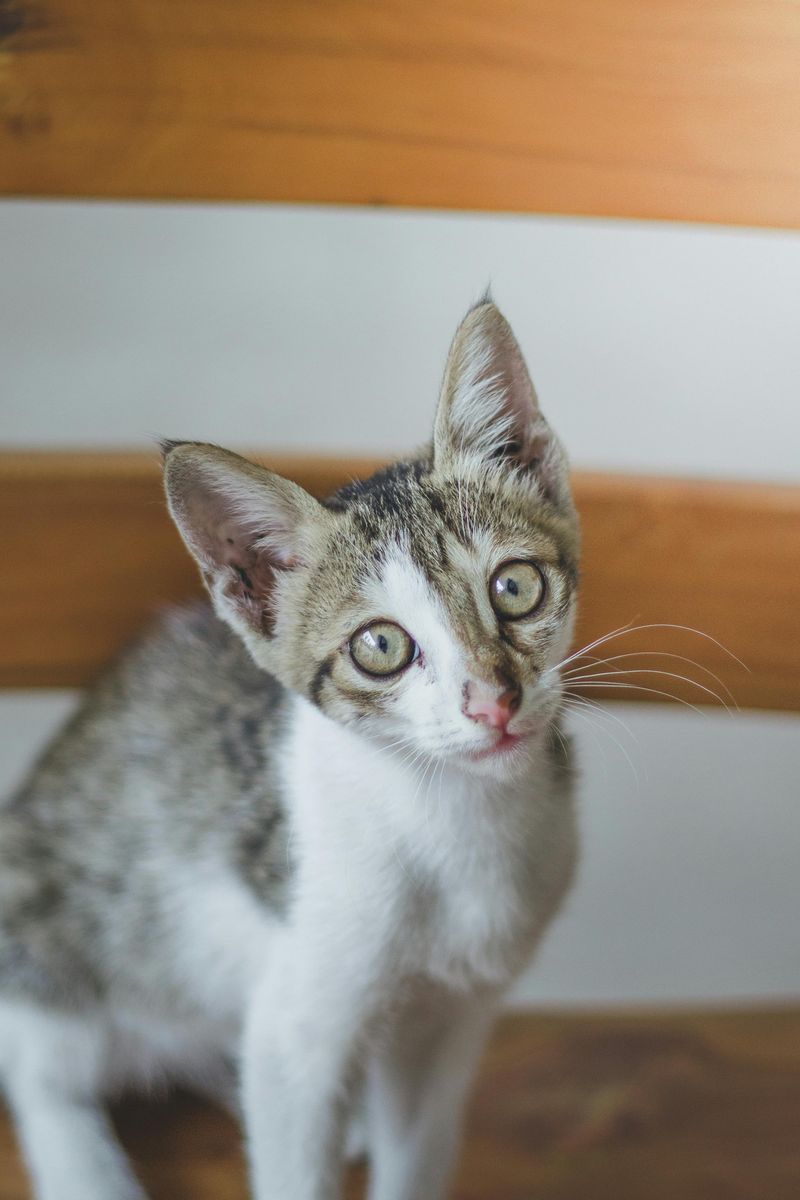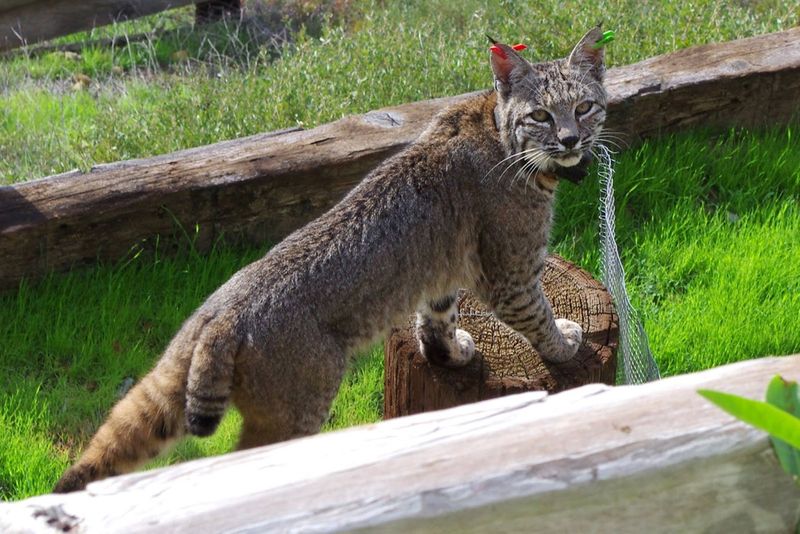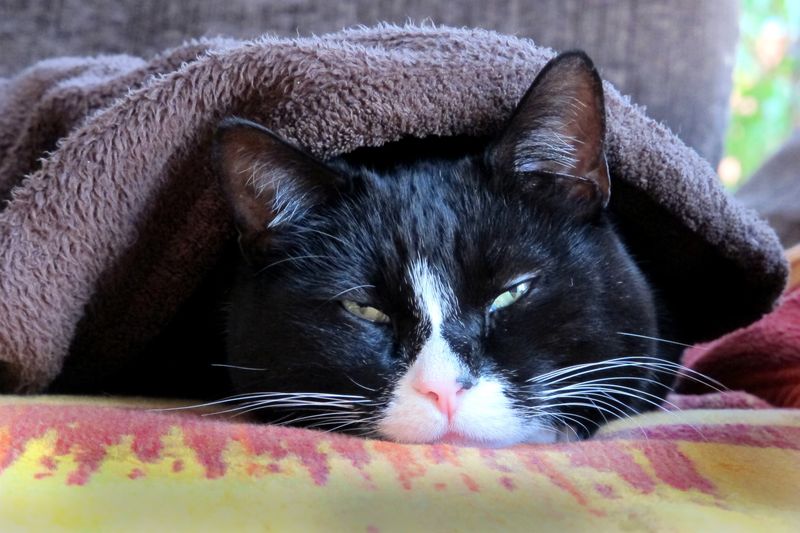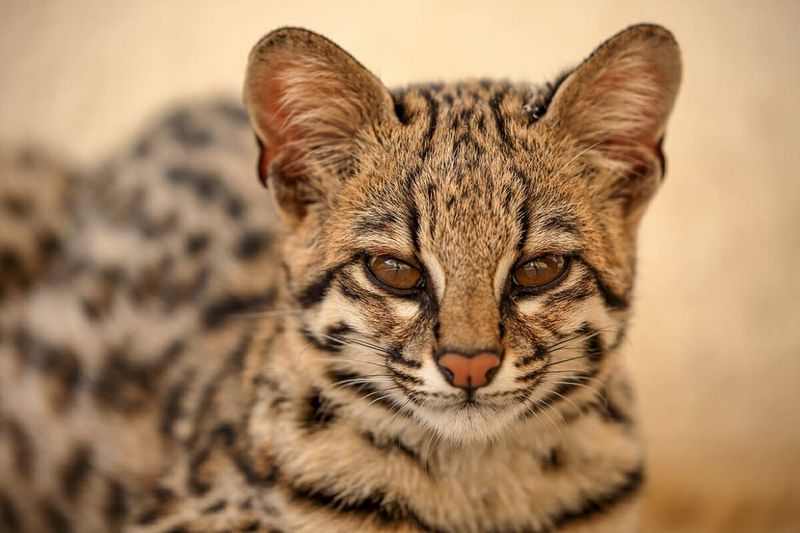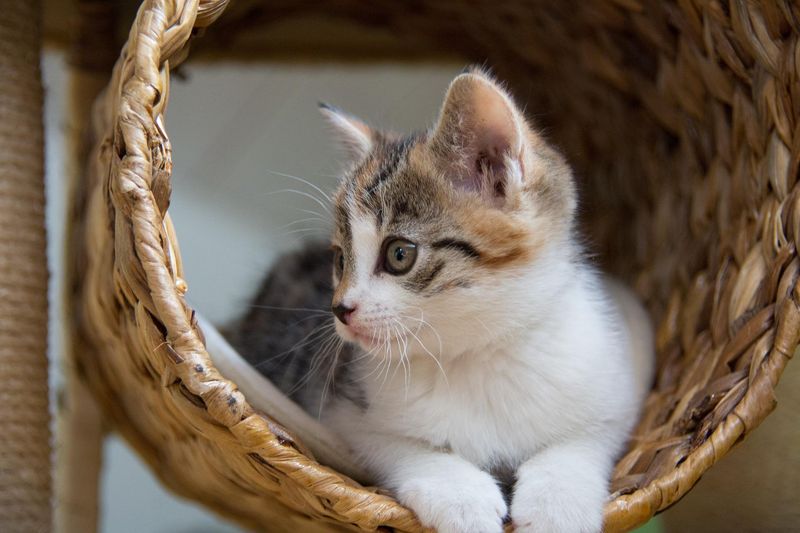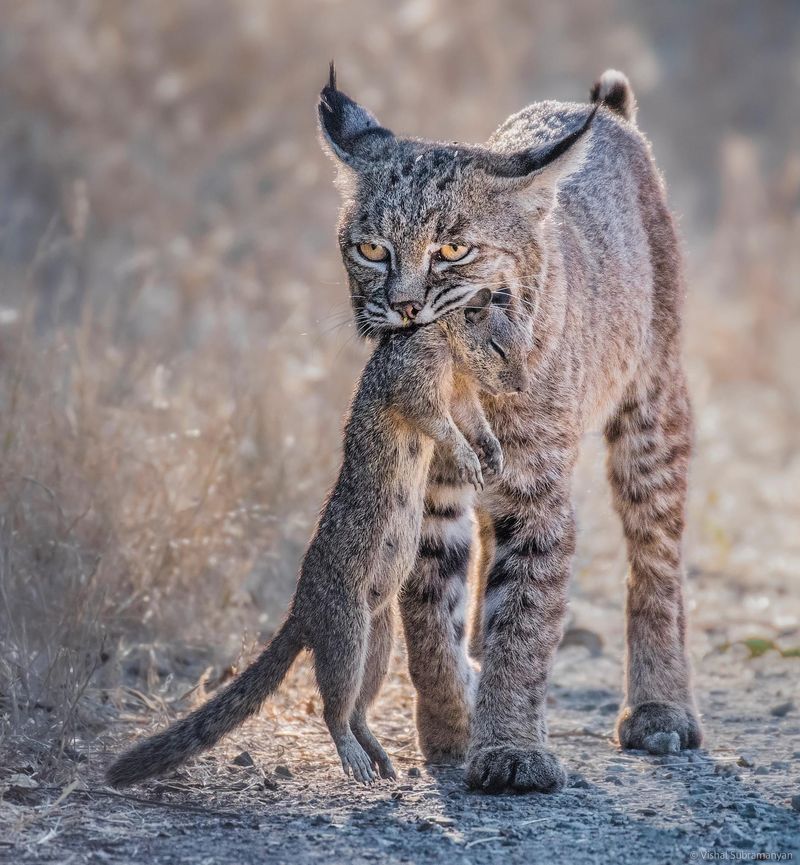📖 Table of Content:
- 1. Hunting Skills
- 2. Problem-Solving Abilities
- 3. Social Interactions
- 4. Memory and Recall
- 5. Emotional Intelligence
- 6. Adaptability
- 7. Learning from Experience
- 8. Play Behavior
- 9. Communication Skills
- 10. Curiosity and Exploration
- 11. Risk Assessment
- 12. Tool Use
- 13. Territoriality
- 14. Spatial Awareness
- 15. Dietary Choices
- 16. Cognitive Flexibility
Comparing the intelligence of wild and domestic cats reveals fascinating differences in their behavior. Wild cats rely on instincts honed for survival in the harshest environments, making them highly adaptable and sharp. Meanwhile, domestic cats have been shaped by their relationship with humans, often displaying intelligence in ways tailored to their living situations.
Wild cats are often observed using complex problem-solving skills in hunting, navigation, and territory defense. Their behavior is driven by the need to outwit predators, find food, and reproduce. In contrast, domestic cats, while still retaining some of these instincts, often exhibit intelligence focused on interaction with their human companions and adapting to home environments.
By exploring the unique behaviors of both wild and domestic cats, key distinctions emerge. From their approach to hunting to how they engage with their surroundings, these cats show remarkable adaptability. Let’s delve into 15 key differences that highlight the diverse ways intelligence plays out across these two types of cats!
1. Hunting Skills
Wild cats are often seen as superior hunters compared to their domestic counterparts. Their survival depends on their ability to hunt effectively in the wild. This requires a sharp mind and quick reflexes. Domestic cats, while having hunting instincts, rarely rely on them for food. They hunt mainly for play or out of curiosity.
This difference highlights how wild cats must continuously hone their intelligence to catch prey, making them appear more adept. However, domestic cats can still surprise with their playful hunting techniques, although less refined than their wild relatives.
2. Problem-Solving Abilities
Both wild and domestic cats exhibit problem-solving abilities, although in different contexts. Wild cats often face challenges that require innovative solutions for survival. For instance, they may strategize to access hard-to-reach prey or evade predators. Domestic cats, on the other hand, encounter puzzles like opening doors or accessing food containers.
While these tasks differ in complexity, both types of cats show impressive adaptability. In a controlled environment, domestic cats can demonstrate remarkable problem-solving skills, although less frequently driven by survival needs compared to their wild counterparts.
3. Social Interactions
Lions and other big cats have a social framework that’s fundamental to their survival in the wild. Within their pride, the cats rely on complex communication and cooperation, forming strong bonds that go beyond simple survival. Emotional connections also play a significant role in their ability to thrive as a group.
Domestic cats, typically more solitary, still display a range of social behaviors. They communicate with humans and other animals through body language and vocalizations. While wild cats often depend on social structures for survival, domestic cats adapt their social behaviors to their environment, which can be just as intricate, although sometimes less pronounced.
4. Memory and Recall
The role of memory in intelligence is clear in both wild and domestic cats, though it plays out differently in each. In the wild, cats depend on their memory to survive—remembering prey locations, avoiding threats, and navigating through challenging terrains. Domestic cats, though less threatened, use memory to navigate their familiar surroundings and bond with their human companions.
They remember feeding times and learn tricks, demonstrating impressive recall abilities. Although the stakes are different, both wild and domestic cats use memory effectively, with wild cats often requiring a sharper memory for survival.
5. Emotional Intelligence
Emotions shape a wild cat’s world, guiding them through complex social landscapes. Big cats like lions rely heavily on emotional intelligence to communicate and establish bonds within their pride.
Domestic cats, however, showcase emotional intelligence primarily in their relationships with humans. They sense moods and adjust their behavior accordingly, offering comfort or companionship. While the environments differ, both wild and domestic cats demonstrate a nuanced understanding of emotions, although domestic cats often express this intelligence in more personal, human-oriented ways.
6. Adaptability
Survival depends on quick adaptation for wild cats. Constantly navigating shifting landscapes, from changing weather to fluctuating prey, they must think on their feet to thrive. This flexibility in their behavior proves just how intelligent they are when it comes to overcoming the challenges of their environment.
Although the challenges differ, both wild and domestic cats exhibit adaptability, proving their intelligence and ability to thrive in various situations, despite the contrasts in their lives.
7. Learning from Experience
Wild cats constantly evolve through experience, honing their skills. Every encounter with prey, territory, or threats becomes a valuable lesson, shaping their behavior and survival tactics. This constant learning is key to their ability to outsmart predators and thrive in the wild.
Both wild and domestic cats showcase the capacity to learn from their environments, though the motivations and outcomes of their learning experiences diverge due to their differing lifestyles and needs.
8. Play Behavior
Domestic cats also tap into their wild roots through play. Although they’re not hunting for food, they simulate hunting behaviors by pouncing on toys or chasing moving objects. This natural urge to play keeps their instincts sharp and their energy levels high.
Though the purpose of play might differ, it remains a crucial part of cognitive growth and social interaction for all cats. Through play, both wild and domestic cats hone their physical and mental skills, preparing them for various challenges they might face.
9. Communication Skills
Unlike their wild relatives, domestic cats have adapted their communication for cohabitation with humans. They’ve developed a unique range of vocalizations, from soft chirps to loud meows, often to attract attention or express desires. But their body language and purring remain powerful tools for signaling comfort and affection.
The ability to communicate effectively is a sign of intelligence, and both wild and domestic cats excel in their respective environments, adapting their skills to meet their communication needs.
10. Curiosity and Exploration
Exploration remains a key trait in domestic cats, even in the safety of their homes. New objects, sounds, and changes in the environment trigger their natural curiosity. Just like their wild counterparts, domestic cats are quick to examine their territory and adapt to any new changes, showcasing their intelligence in familiar settings.
This exploratory behavior is a universal trait linking all cats, highlighting their desire to learn and adapt. Both wild and domestic cats benefit from their curiosity, which often leads to new discoveries essential for their development.
11. Risk Assessment
Even in a controlled environment, domestic cats use their instincts to evaluate potential risks. Approaching a new situation, such as meeting a guest or entering a new space, requires them to decide whether it’s safe or threatening. These small-scale assessments may not be as dangerous as a wild cat’s, but they still showcase a deep-seated survival instinct.
Both wild and domestic cats exhibit this ability, which underscores their intelligence and survival instincts. The contexts may vary but the fundamental skill remains essential, allowing them to navigate their respective worlds effectively.
12. Tool Use
While not as prominent as in some animals, cats do display a form of tool use. Wild cats may use their environment to aid in hunting or resting. Domestic cats often use objects around them to facilitate play or comfort, like manipulating toys or blankets.
This ability reflects cognitive flexibility and problem-solving capabilities. Although not as developed as in some other species, the use of tools by both wild and domestic cats highlights their adaptive intelligence and creativity in interacting with their surroundings.
13. Territoriality
Even within the comfort of domestic homes, cats still retain their territorial instincts. Domestic cats may not face the same life-or-death stakes, but they still mark their territory with scent, from rubbing their faces on furniture to scratching posts. It’s their way of establishing ownership and feeling secure in their environment.
They use scent glands to leave markers around their environment. This behavior showcases their instinctual intelligence, ensuring a sense of security and familiarity, crucial for both wild and domestic cats in maintaining their habitats.
14. Spatial Awareness
Navigating the wild requires a high degree of spatial intelligence. Wild cats are masters at understanding their surroundings, from tracking scents across vast areas to estimating distances for a perfect pounce. Their keen spatial awareness ensures they can adapt quickly to any new environment or shifting challenges.
They navigate homes with ease, often surprising owners with their agility and precision. Both wild and domestic cats use spatial awareness to their advantage, highlighting their intelligence and adaptability in various settings.
15. Dietary Choices
For wild cats, food selection is more than just a hunt—it’s a calculated decision. They assess which prey offers the most sustenance for the least effort, often weighing the risks involved. This level of discernment ensures that their energy is used efficiently, which is key to thriving in the wild.
This behavior, while different in execution, underscores the intelligence of cats in managing their dietary needs according to available resources and personal preferences, showcasing their adaptability and instinctual wisdom.
16. Cognitive Flexibility
Cognitive flexibility is a hallmark of intelligence, seen in both wild and domestic cats. Wild cats often alter hunting strategies based on prey behavior and environmental changes. This ability to adapt quickly is crucial for survival. Domestic cats also demonstrate cognitive flexibility, adapting to new toys, changes in their environment, or even training by their owners.
The flexibility in thinking allows both wild and domestic cats to thrive in diverse situations, highlighting their intelligence and resourcefulness in navigating their respective worlds.
